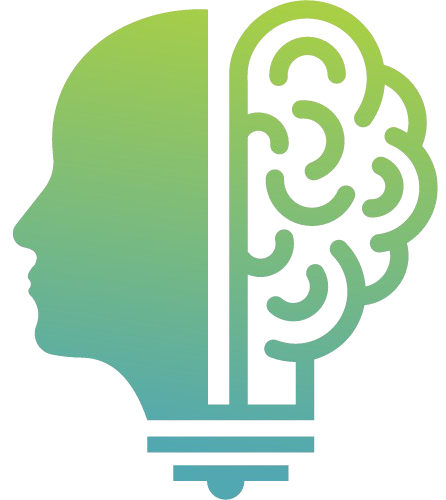

Scratch, developed by MIT, is a block-based visual programming language that opens the door to the world of coding for learners of all ages. This innovative platform allows you to create interactive stories, games, and animations while learning essential programming concepts.
Our concept-based program is designed to give you the flexibility to learn at your own pace, focusing on the areas that interest you most or that you find challenging. Whether you're a complete beginner or have some coding experience, this course will help you build a strong foundation in programming principles.
Our program employs a project-based learning approach, allowing you to apply concepts as you learn them. For each concept, you'll go through the following stages: